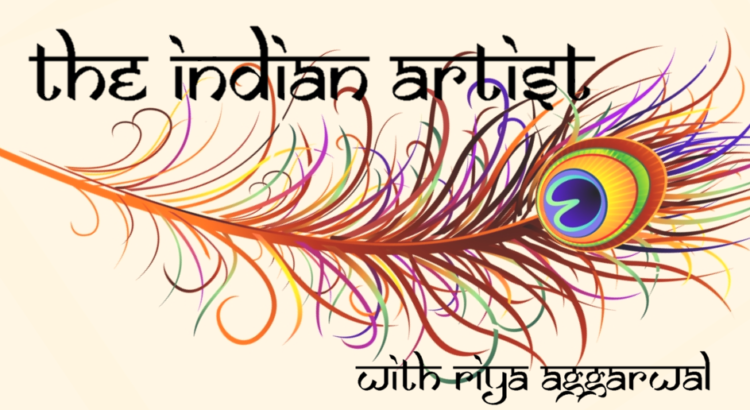Seeing as yesterday was Diwali, I thought that it would be appropriate to do this week’s post on the festival of lights. Diwali is one of the most important festivals in Hindu culture and symbolizes the victory of light over darkness, power of good over evil, and knowledge over ignorance.

During times of Diwali, which most traditionally is a five-day affair, families adorn and clean their houses, decorating it with beautiful flowers and ornaments. On the days leading up to the holiday and the day of, the entire home is lit up with candles and diyas. Diyas are small oil lamps that are generally made from clay. The wicks are made out of cotton and fueled by some type of oil or ghee. These Diyas or oil lamps are lit for deities and to bring light to the house and ward off any darkness. Another part of custom adornment is something called rangoli, a personal favorite of mine. Rangoli is created from either chalk or pigmented powders and used to create beautiful designs on pavements as well as home entrances.
The lighting of candles and oil lamps is a welcome to the Goddess of Fortune and Prosperity, Lakshmi. It lights a path, welcoming her into blessing the home with good fortune, prosperity, and health. The holiday celebrates new beginnings and the start of the Indian fiscal year.

The story of Diwali is long and well-loved. Diwali is said to be the commemoration of the return of Lord Rama and his wife Sita (Reincarnation of Goddess Lakshmi) and brother from a 14-year exile into the forest. While on their exile, Sita is taken by the demon Ravana. Lord Rama and his brother travel with an army far and wide, eventually conquering Ravana and bringing Sita back home. Lord Rama’s return to his home kingdom is celebrated by a festival from the townspeople that last for days with music, food, singing, and dancing. From then onwards, this festival came to be known as Diwali. The day Lord Rama returned home with Goddess Lakshmi (Sita).

Diwali is a time for being with family and loved ones. Families light fireworks and host large feasts and celebrations. Temples, homes, offices, and buildings are brightly illuminated inside and outside. In the days leading up to Diwali, people clean, renovate, and beautifully adorn their homes. On the final day of the celebration, people dress in their finest clothes and perform a puja (prayer) for Lakshmi.
This piece titled The Festival of Lights, well-named I know, is a small depiction of Diwali and the beautiful tradition that it represents. The hands are covered in henna holding a diya lamp. The entire piece is done in colored pencil and was done early on when I started using my culture and upbringing as a topic of my art. For me, Diwali has always been a beautiful time of the year. Family and friends come together and we all sit around enjoying each other’s company and laughter. Eating delicious food and Indian cuisine, praying for one another’s health, prosperity, and happiness, we all forget the daily mundane troubles for a moment and lose ourselves in mutual companionship and love.
Happy Diwali to you all. As always, if anything that I discussed in this post stands out or if any questions arise please feel free to comment and share your thoughts!
Looking forward to next Sunday.
~ Riya
Personal website: https://riyarts.weebly.com/



Leave a Reply
2 Comments on "The Indian Artist: The Festival of Lights"
This piece is so beautiful! I love Diwali as well, and I love spending time with my family and decorating the house together. I love the intricate detailing of the mehendi on the hand, and the beautiful simplicity of the diya. The image of a lit diya cupped between two palms is always an image that I love and associate with Diwali, and I love how you captured that in this piece! I can definitely relate to the sentiment of the artwork. I’m looking forward to seeing more of your artwork – if you would like to discuss/ talk about anything, I would love to get in touch!
Thank you so much Sandhya for all of the kind words, it really means a lot! Diwali has definitely always been a very fond memory for me. I realized when writing this piece it may be one of my last Diwalis celebrating with my family the days leading up to and after the festival which definitely makes me sad. I would love to connect so please feel free to reach out to me!